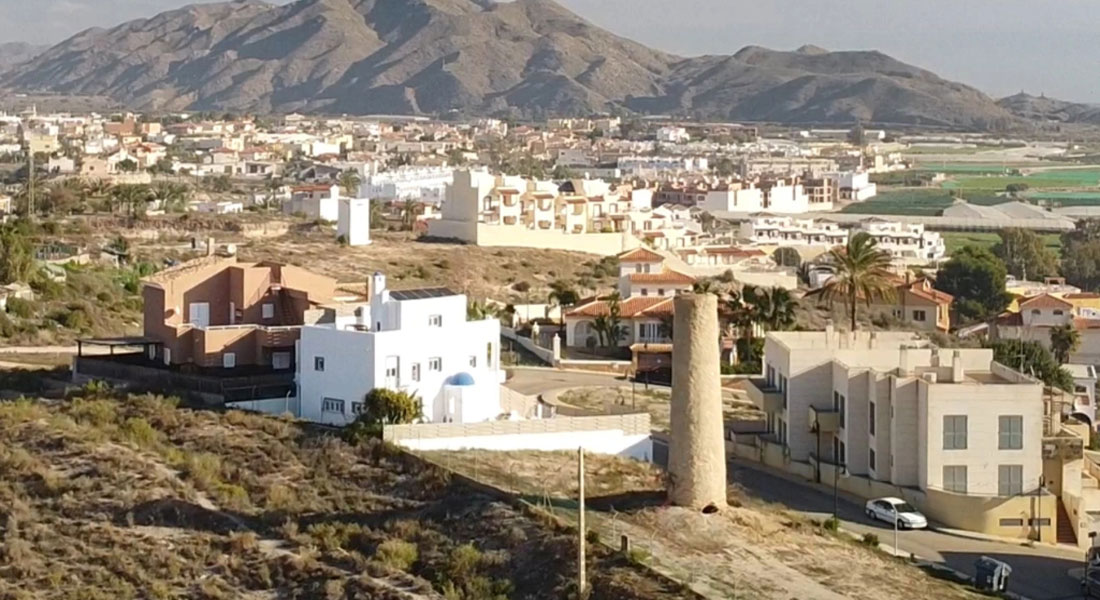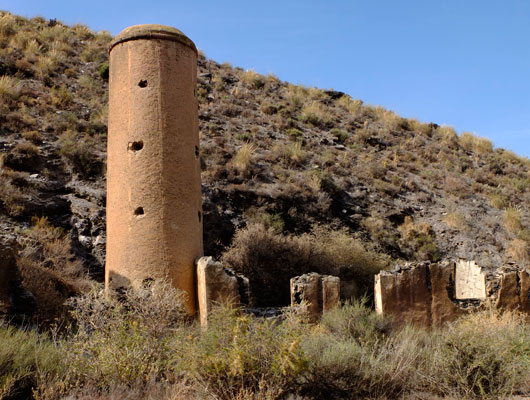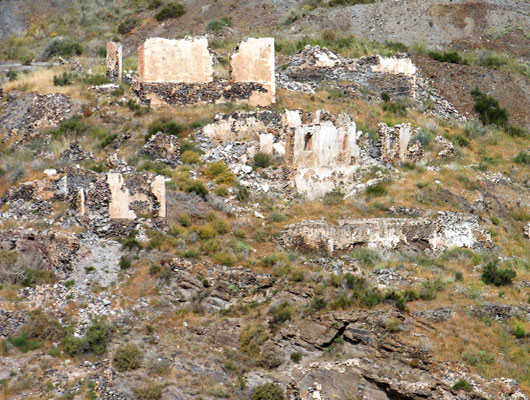
From coast to sea
Volume Five of Then, There Were Mines concerns the littoral, that heavily industrialized coastal strip between Garrucha and Pozo del Esparto. It takes a new look at the coastal foundries, follows the story of Villaricos from ancient times to the near future, and considers the importance of the sea lanes to the area’s mini industrial revolution. It is dedicated to all those sailors who lost their lives ferrying all that coal and ore.
10 years of research in Sierra Almagrera
Over the last 10 years while I have been researching the area around the Sierra Almagrera, more and more information has been disseminated via the internet as the Spanish research and reclaim their industrial heritage. I last looked at the foundries in Garrucha when I was writing Volume One of Then, There Were Mines in 2016, and the work was based on findings from web-sites and other material that was available then.


What does this book cover?
This volume is split into four chapters.
Chapter One: Garrucha.
The lie of the land, a closer look at the position of the Garrucha Foundries, correcting long held beliefs about their whereabouts. Ramón Orozco’s blast furnace and famous iron works. The entrepreneur who exhibited his wares at the 1862 London International Exhibition. The confusion over the San Jacinto and the La Española foundries that were operated by brothers-in-law.
Chapter Two: The Powerhouse That Was Palomares.
The long lost and forgotten Trinidad foundry. The Madrileña foundry that so impressed Madoz in 1845. The now easily accessible San Andrés foundry, hopefully saved from the developers. The Don Guillermo foundry, later the Santo Tómas, with it’s English connections. The lonely tower, the remains of a windmill which many people, myself included, assumed to be a furnace.
Chapter Three: Villaricos.
Villaricos, the Baria of the Phoenicians and Romans, its industries and its legacy. Siting the smelters using the serpents, smokestacks and slag. The 10 foundries of Villaricos. The modern industrialization of Villaricos, the pharmaceutical giant Deretil develops the former Santa Ana foundry site. The defence of Baria against the voracious appetite of the British invaders.
Chapter Four: When the Boat Comes In.
The loading and unloading of cargo from manhandling on and off the beaches and jetties, to mechanized loading systems. The perils of the sea, shipwrecks and salvage and the long life of the good ship Diciembre. The lighthouse that moved house and was still using a paraffin lamp in the 1960’s.




